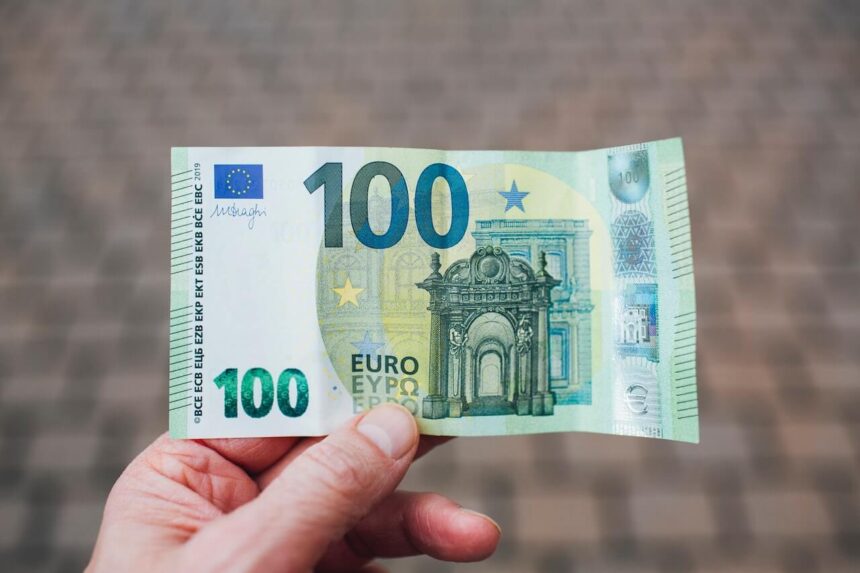Imagine walking into a bustling marketplace, where coins clink and barter reigns supreme. Suddenly, a merchant unfurls a colorful piece of paper with intricate designs, declaring it to be worth ten goats or twenty sacks of grain. Welcome to the fascinating world of papel moneda! This seemingly simple invention revolutionized trade and economies worldwide. As we dive into its history and evolution, you’ll uncover intriguing stories that span centuries and continents. From ancient China to modern digital currencies, the journey of paper money is as rich as the cultures that embraced it—and understanding this evolution can change how we view currency today. Let’s explore together!
The Origins of Paper Money
The origins of paper money trace back to ancient China during the Tang Dynasty (618-907 AD). The need for a more convenient medium of exchange led merchants to use promissory notes. These documents represented a promise to pay in coins, which were heavy and cumbersome.
As trade expanded, these early forms evolved into actual currency. By the Song Dynasty (960-1279 AD), the government officially issued paper money called “jiaozi.” This marked a significant shift from traditional metal coins.
Other cultures soon recognized its potential. In medieval Europe, it took longer for paper currency to surface due to skepticism about its value. However, once established through banks and institutions, it revolutionized commerce across continents.
These early adaptations laid the foundation for modern financial systems we know today. Paper money slowly transformed from mere representation into powerful economic tools that facilitated global trade and transactions.
Early Forms of Paper Money and Their Uses
Early forms of paper money emerged as a practical solution to the limitations of barter systems. In China, during the Tang Dynasty (618-907 AD), merchants began using promissory notes. These notes represented a promise to pay back a certain amount in goods or silver.
As trade expanded, these early documents evolved into more standardized forms. The Song Dynasty (960-1279 AD) introduced government-issued banknotes, allowing for larger transactions without the burden of heavy coins.
In other parts of the world, similar concepts arose. In medieval Europe, bills of exchange served as an early method for transferring value across distances. They facilitated trade by minimizing risks associated with carrying physical currency.
These initial adaptations showed how societies sought convenience and efficiency in commerce. Each culture contributed uniquely to the concept of papel moneda, laying essential groundwork for modern financial systems today.
Evolution of Papel Moneda in Different Cultures and Countries
Papel moneda has transformed through diverse cultures and eras. In China, the Tang Dynasty pioneered paper money during the 7th century, using it as a promissory note. This innovation spread across Asia, paving the way for other nations to adopt similar practices.
The concept reached Europe in the late Middle Ages. Italy’s merchants first issued notes as receipts for deposits. Soon after, countries like Sweden and France began minting their own banknotes.
Each culture adapted papel moneda to fit its economic needs. For instance, Japan introduced a unique system of government-issued currency during the Edo period. Meanwhile, colonial powers used paper money to control trade in their territories.
This evolution reflects not only advancements in commerce but also shifts in societal trust towards centralized authorities managing currency systems.
Advantages and Disadvantages of Paper Money
Paper money offers convenience. It’s lightweight and easy to carry, allowing transactions without the need for coins or other bulky items.
However, it comes with risks. Physical bills can be lost or stolen, making them less secure than digital alternatives.
On the positive side, paper currency is universally accepted in most places. This accessibility makes everyday purchases straightforward.
Conversely, managing cash can lead to overspending. When people can’t see their remaining balance as clearly as in a bank account or app, they may lose track of their finances.
The tactile nature of paper money adds a sense of value during transactions that digital forms sometimes lack. Yet this same feature contributes to its wear and tear over time.
In essence, while papel moneda has distinct advantages like ease of use and acceptance, it also presents challenges regarding security and financial management.
Modern Day Use and Security Measures
Today, papel moneda remains a cornerstone of global finance. It facilitates everyday transactions and serves as a store of value for individuals and businesses alike.
With the rise of digital payments, cash usage has seen fluctuations. Yet, paper money is still vital in many economies where access to banking services is limited.
Security measures have evolved significantly to combat counterfeiting. Modern banknotes now feature advanced technologies like holograms, watermarks, and color-shifting inks that make forgery increasingly challenging.
Countries continually update their currency designs to incorporate these features while also enhancing public awareness about recognizing genuine notes. Educational campaigns empower users to identify security elements confidently.
As society progresses towards a more digital landscape, innovations in papel moneda security will likely keep pace with emerging threats. This ensures it remains trusted currency in circulation despite advancements in technology.
Future Predictions for Papel Moneda
The future of papel moneda seems to be a blend of tradition and technology. As digital currencies gain traction, the role of paper money may shift significantly. Many experts believe that cash will continue to coexist with digital forms for some time.
Emerging payment methods are appealing, especially among younger generations. This trend could lead to a decrease in everyday cash transactions, yet many people still appreciate the tactile experience of handling bills.
Security measures surrounding papel moneda are likely to evolve as well. Innovations such as holograms and advanced inks could make counterfeiting even more difficult.
However, cultural significance plays an important role too. In various regions, cash remains deeply ingrained in local customs and traditions—ensuring its survival despite technological advancements.
As society becomes more interconnected, it’s possible we might witness new adaptations of papel moneda that blend both physical and digital realms seamlessly.
Conclusion
Papel moneda has come a long way since its inception. From ancient China to modern-day economies, paper money reflects the changing dynamics of trade and society. Its journey showcases innovation, adaptation, and resilience across cultures.
While there are distinct advantages to using papel moneda—such as convenience and ease of transactions—there are also challenges that continue to evolve alongside technology. As we move towards a more digital age, it’s fascinating to consider how纸币 will adapt further.
The future of papel moneda remains uncertain but intriguing. As new technologies emerge and consumer preferences shift, the role of paper currency may transform yet again. Whether it stands the test of time or fades into history is a question only time can answer.


